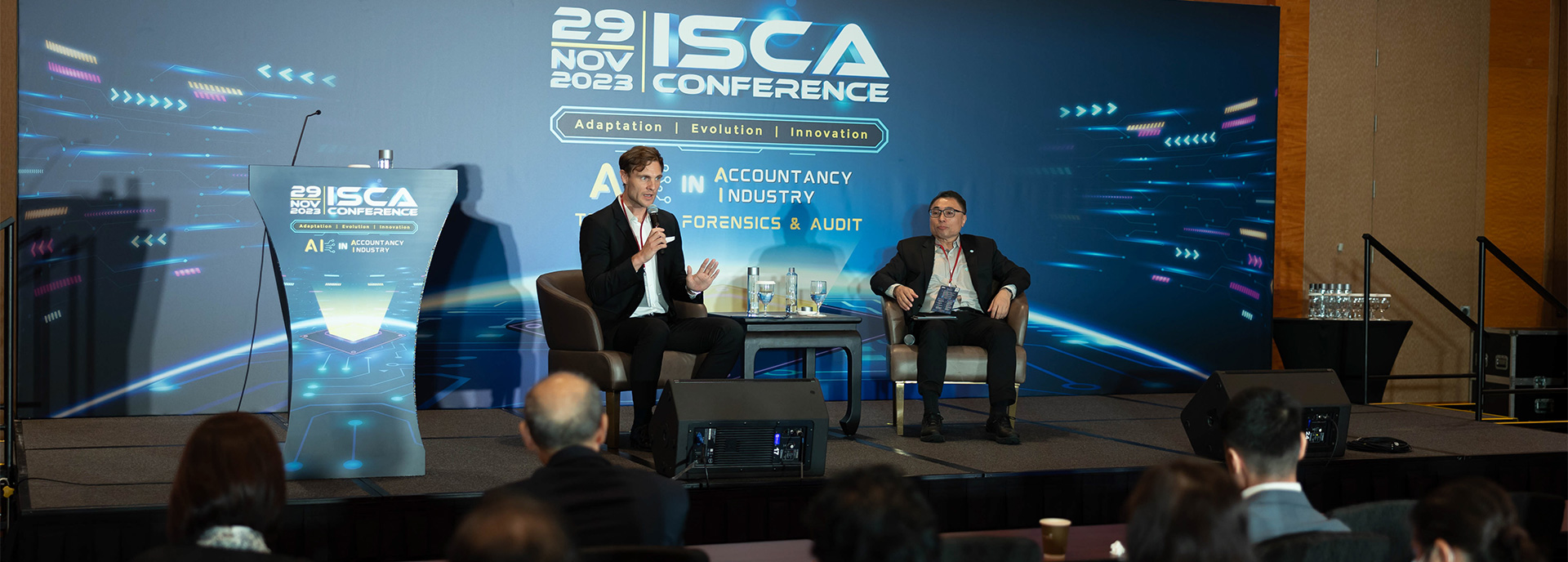
An interesting topic of discussion came up in a fireside chat between moderator Marian Joraschkewitz, Managing Director and Corporate & Commercial Segment Leader for Asia for Marsh, and Paul Tan, Chairman of Nexia Singapore PAC. The session centred on mergers & acquisitions (M&As), which occur frequently in the region. The merger of two large practices in China, for example, has transformed the landscape for the Big Four firms. As more firms seek to merge to better compete, what should practitioners look out for?

According to Mr Tan, the key driving forces for M&As in Singapore in recent years have been an increase in regulatory requirements and stringent inspections, which call for the combined resources of multiple partners to better address. Firms need to be more specialised than just be a “be-all” firm. So, in an ideal public accounting firm, there would be partners and managers specialising in different areas. Although the fee pressure and talent acquisition are perennial issues, the need for specialisation and knowledge beyond accounting and auditing standards – for example, in sustainability – is pushing firms to pursue M&As to broaden their reach.
One important point about M&As is due diligence and, to this end, Mr Joraschkewitz pointed to the need for more information on legal, finance and tax. Plus, company leaders must ask themselves what they are trying to accomplish, and whether there is a strategic fit between the firms in the intended merger. Mr Tan reinforced that mergers that are successful would have a strategic fit for both companies, whether they are seeking to be more competitive in their fees, or are acquiring new clients in different segments, for example, the mass market “light touch” clients versus the traditional higher-fee handholding clients.
The people and talent crunch could pose another issue, said Mr Tan. Where clients are concerned, after an M&A, up to 30% of clients may leave the firm after one to three years. Staff may also leave (after a merger) if they are unhappy with the new working conditions. Culture and leadership are thus important, as leaders need to earn the respect by putting the interest of the firm ahead of self-interest. Echoing this, Mr Joraschkewitz shared his company’s experience of acquiring a competitor in 2018, which was closed in 2019. Though the culture was different in the other firm – it was less centrally managed and more entrepreneurial – the key to success was leadership. The management was fair in the process of assigning leadership positions and the way they were staffed. In any M&A, leadership really needs to make the effort to ensure a smooth transition and to align the culture.
Rehash the excitement of ISCA Conference 2023 in the video here!